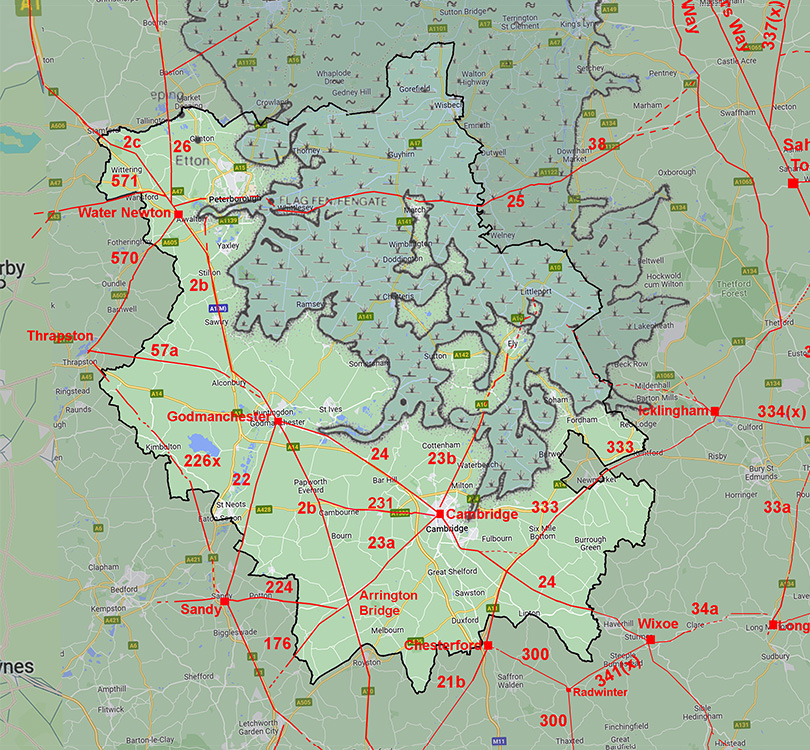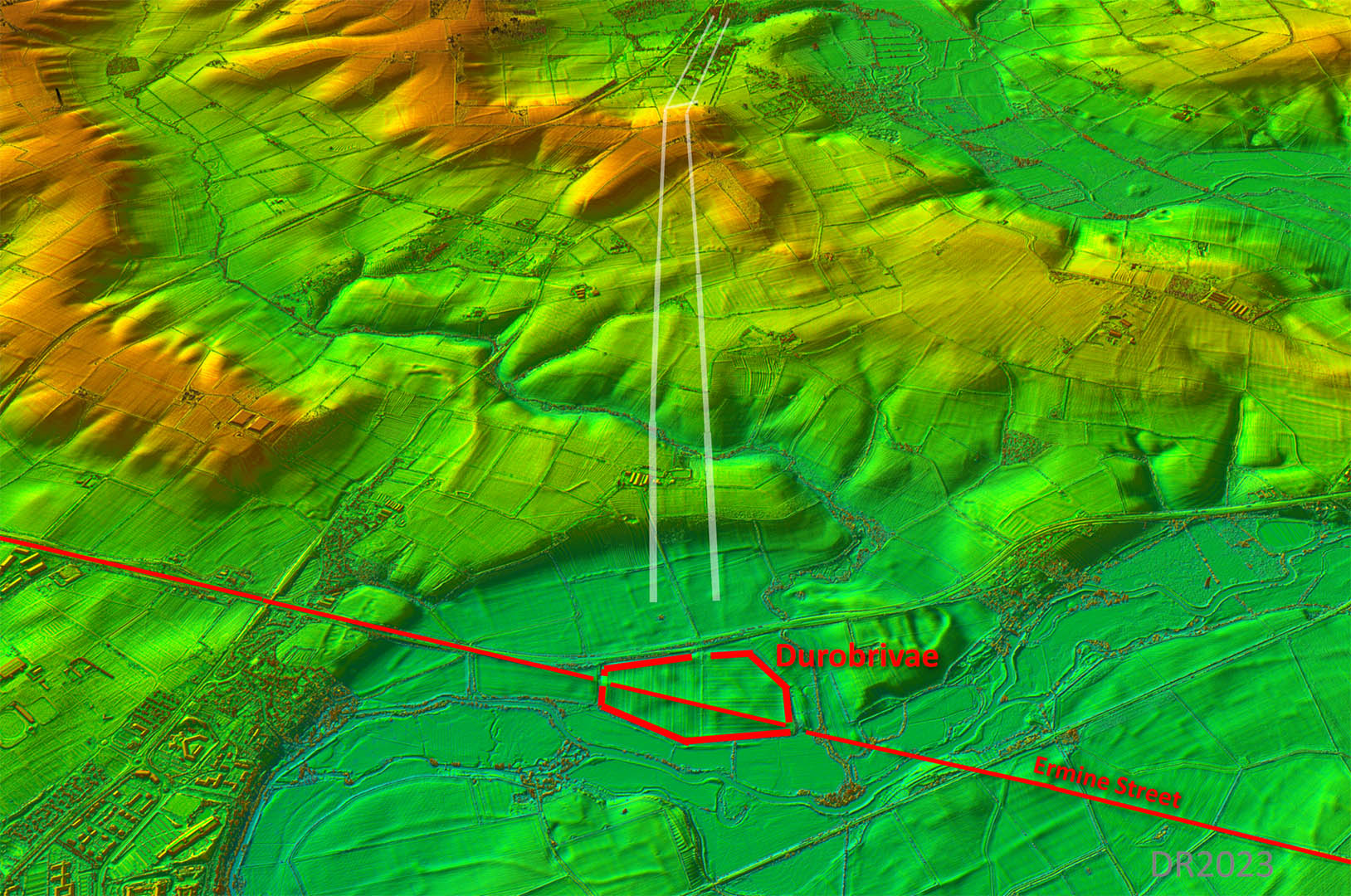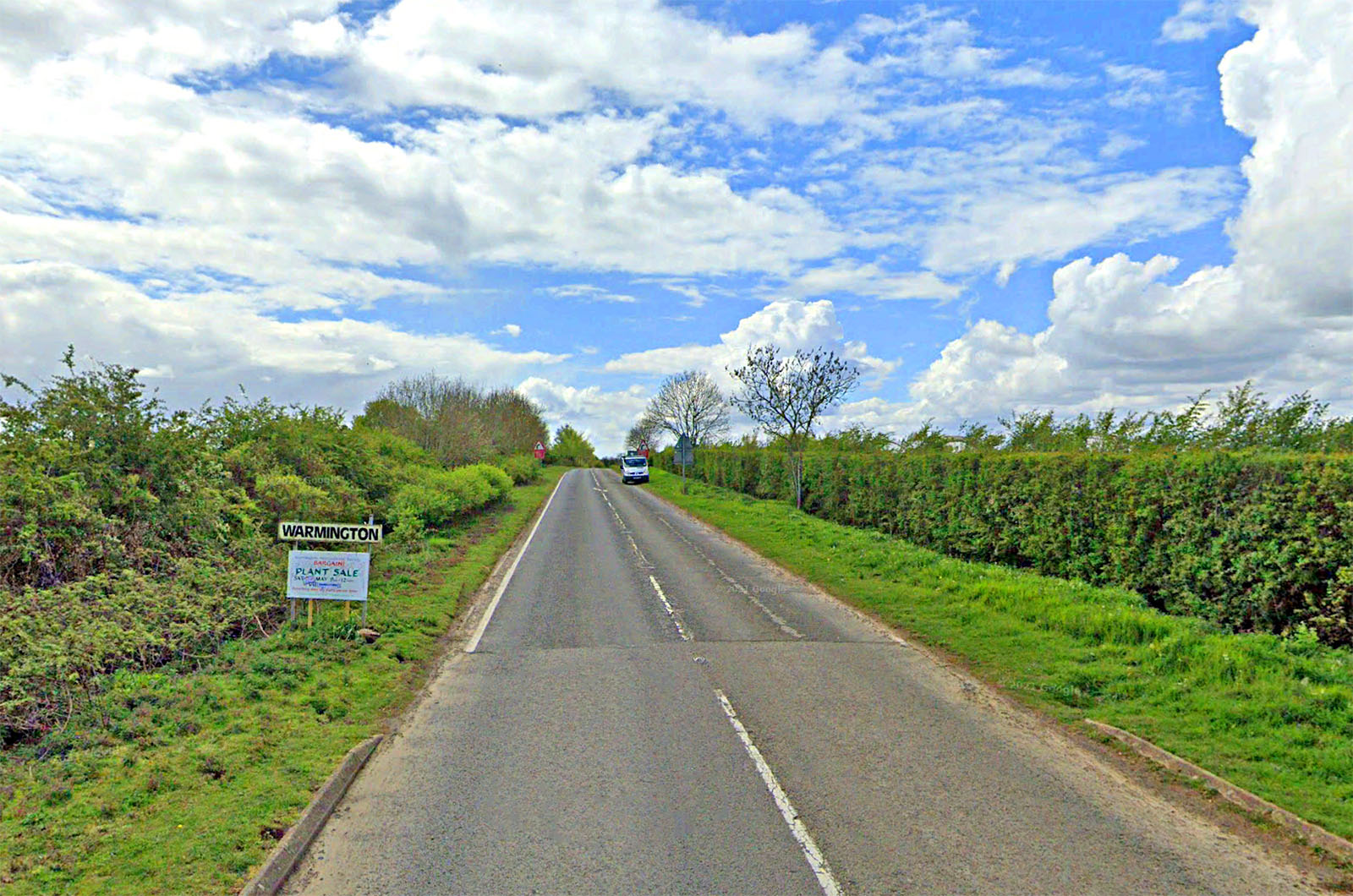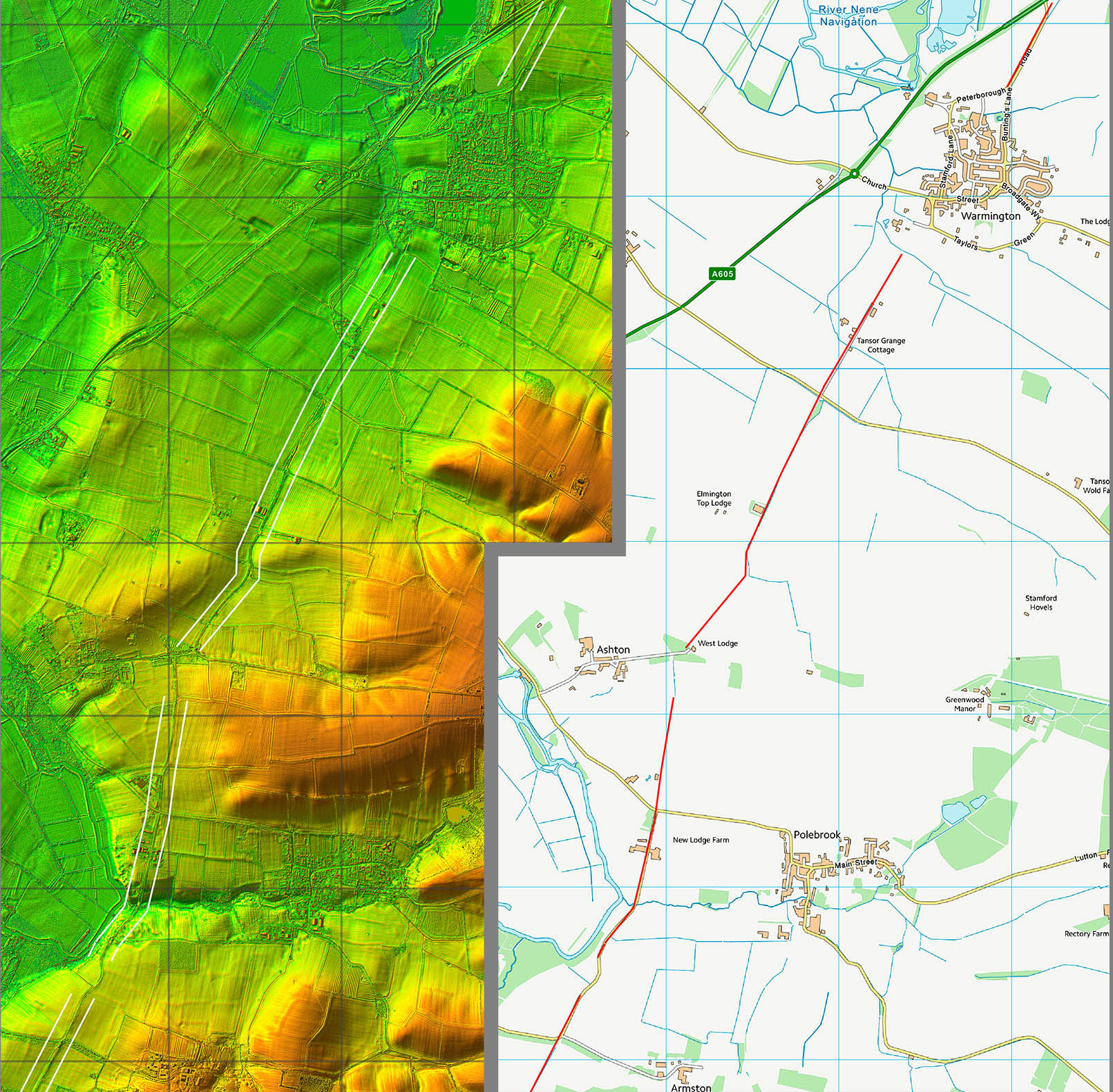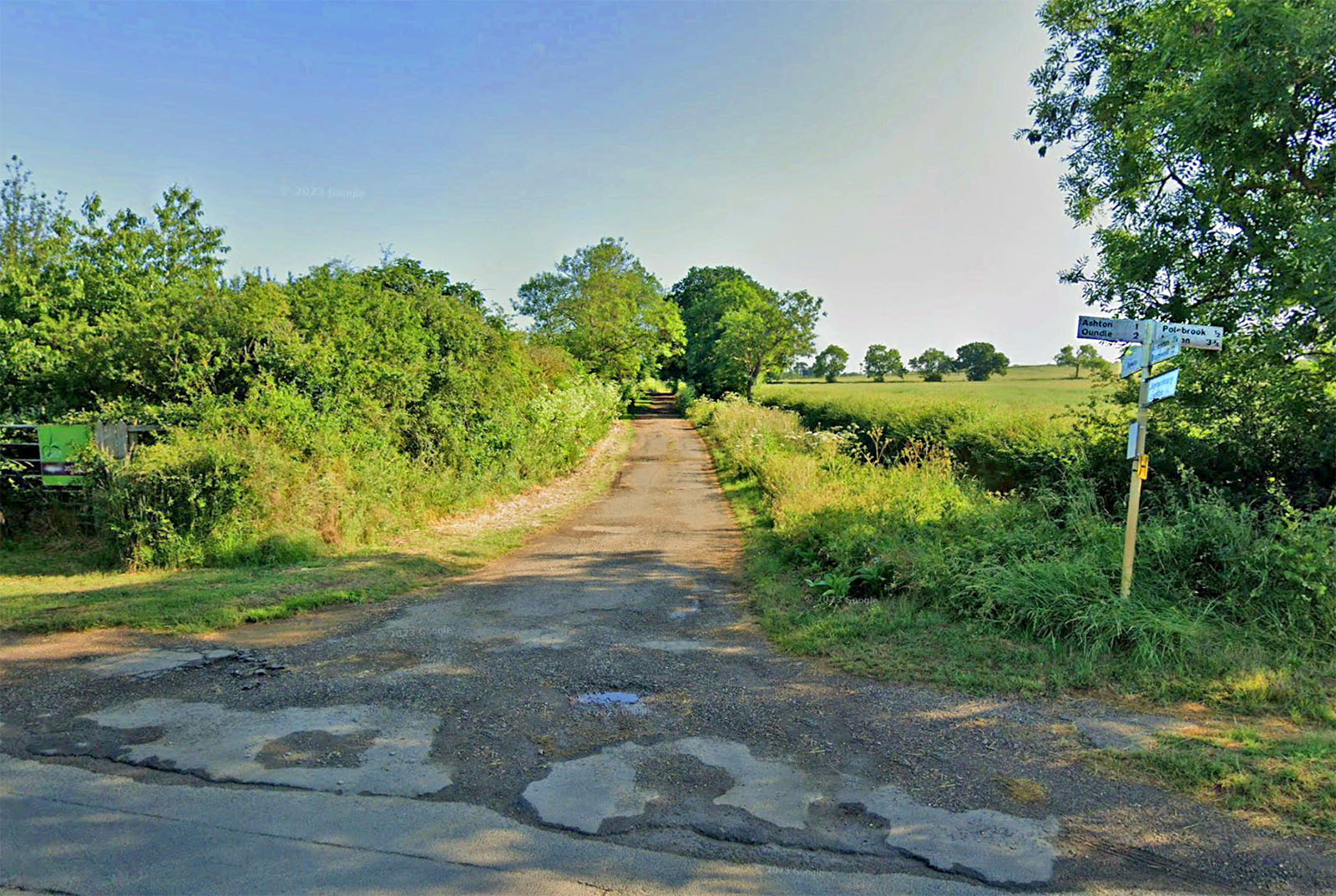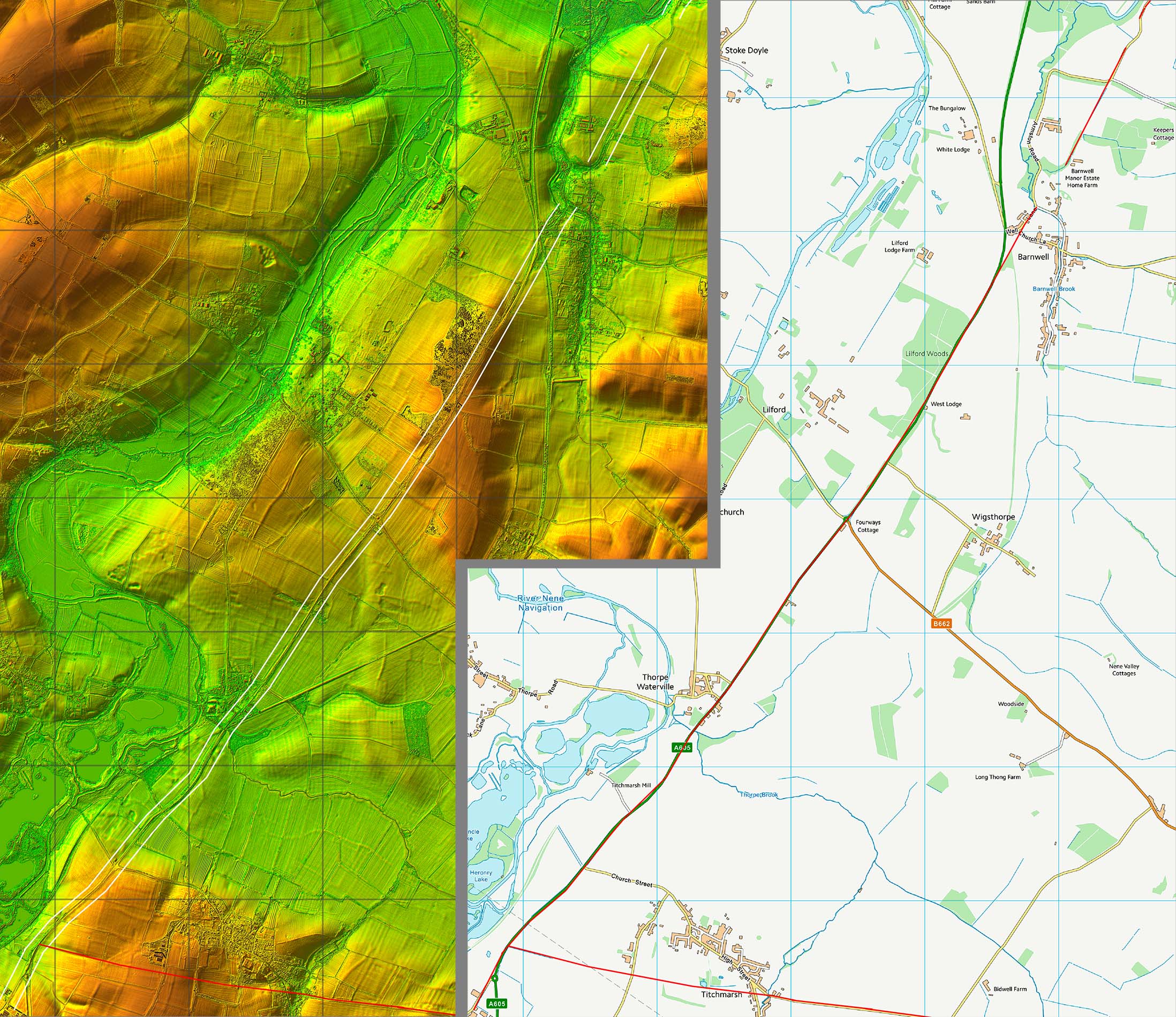
|
Roman Road from Water Newton to ThrapstonMargary Number: 570Distance: 13 miles The Ordnance Survey, Margary and several other sources start this road too far west. Lidar confirms it began from Durobrivae's south-west entrance and headed for the high ground east of Elton. The road then turns more southward and continues up the east side of the Nene Valley to the minor Roman settlement between Titchmarsh and Thrapston. |
Historic Counties: Northamptonshire & Bedfordshire Current Counties:Cambridgeshire & Bedfordshire HER: Peterborough & Bedfordshire
|
|
|
|
|
|
|
Last update: Jan 2024 |
© David Ratledge |
